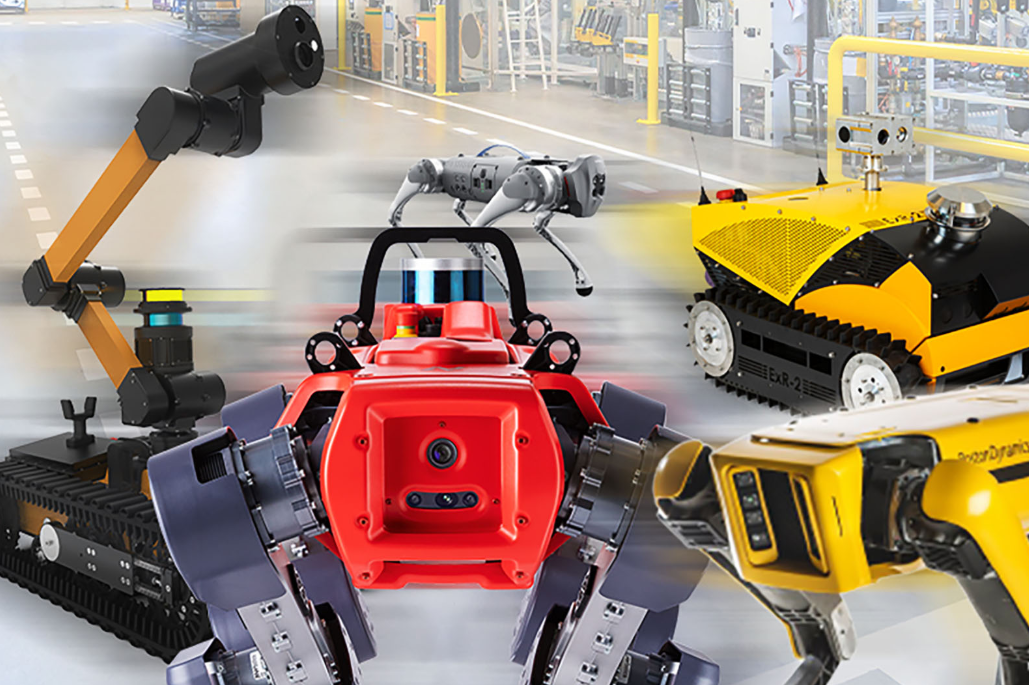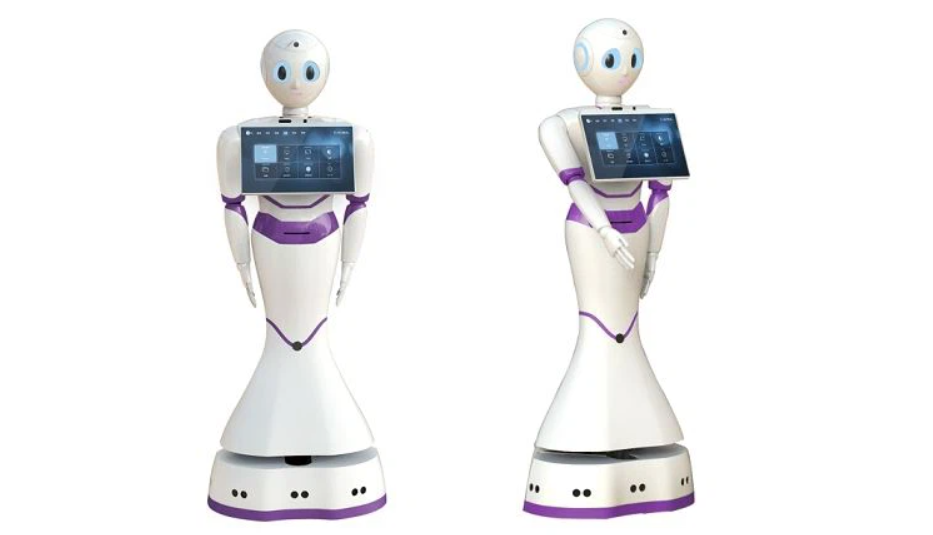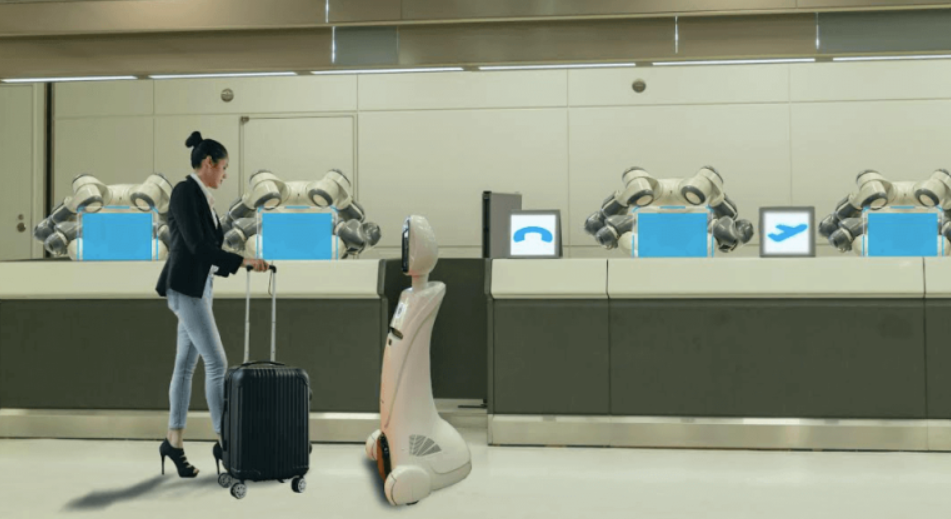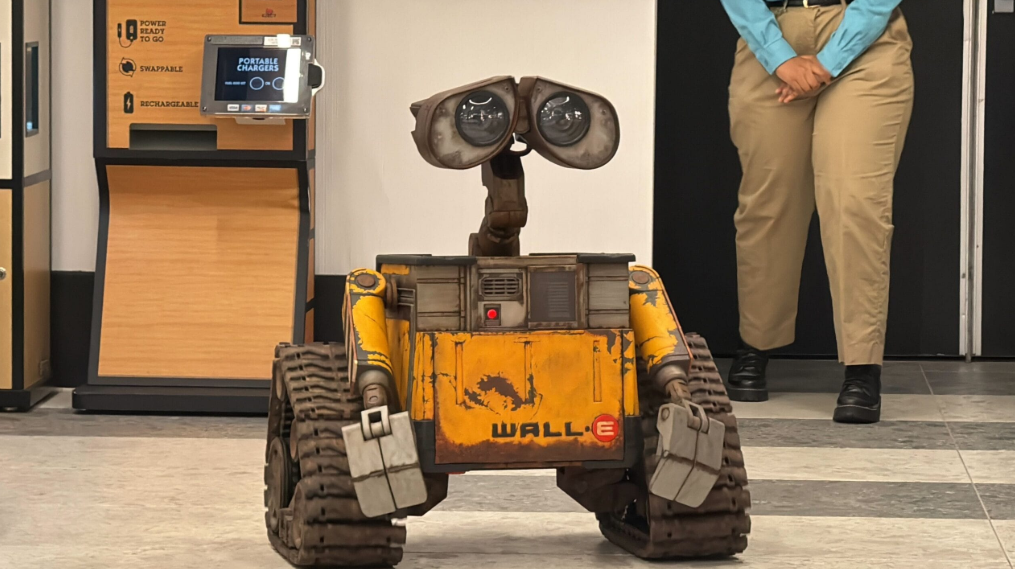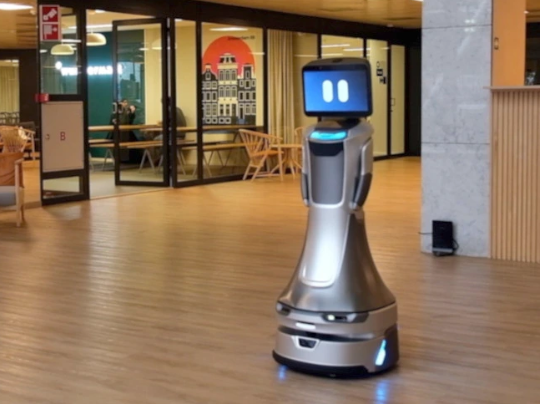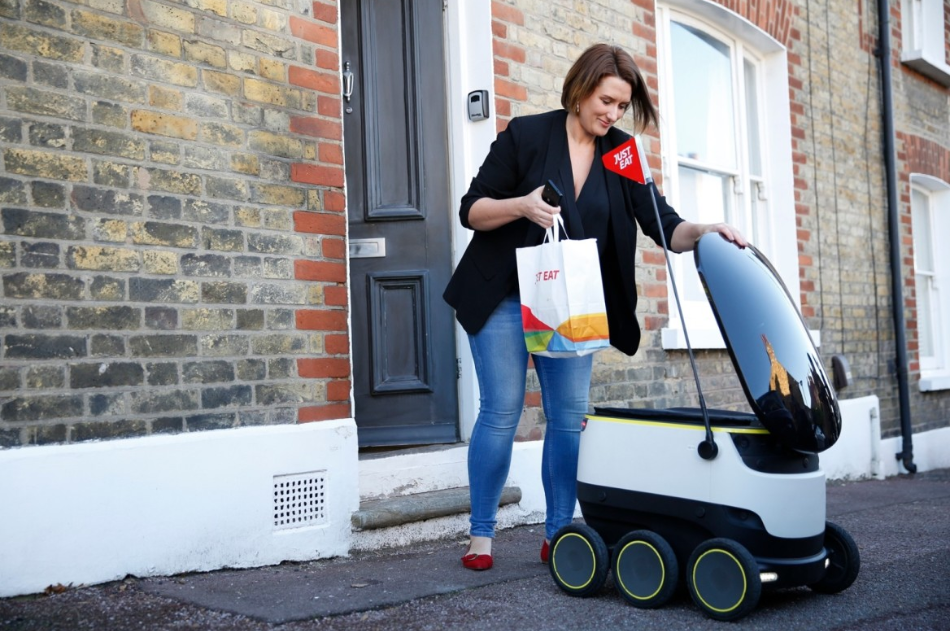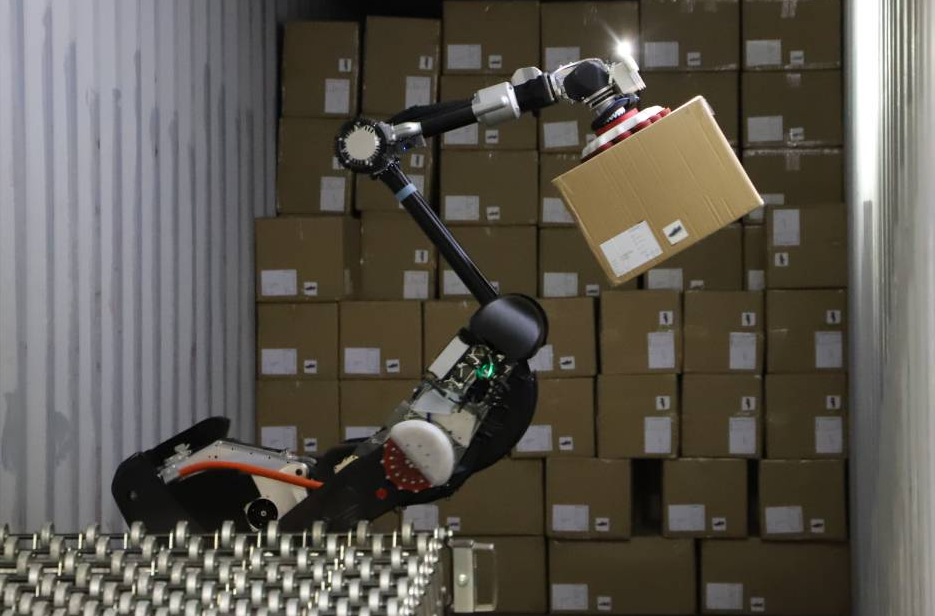Discover cutting-edge robotic concepts transforming automation from research labs to real-world applications
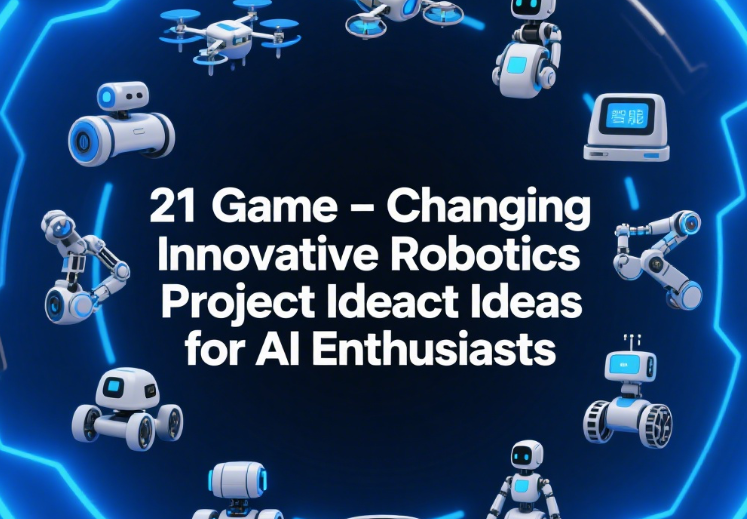
The robotics revolution is accelerating at an unprecedented pace, with breakthroughs in AI and materials science converging to create machines capable of extraordinary feats. From quadrupedal robots performing acrobatic saves in robotic soccer to deformable machines jumping like mechanical grasshoppers, today's Innovative Robotics Project Ideas blend biological inspiration with computational intelligence. This article explores 21 groundbreaking concepts that push boundaries in agility, adaptability, and autonomy—showcasing how modern robotics transcends traditional industrial applications to solve complex problems in novel ways.
Why this matters: The global robotics market has reached a historic high of $16.5 billion in installations, driven by innovations that enable robots to operate in unpredictable environments and perform increasingly complex tasks. Understanding these developments provides a roadmap for future technological breakthroughs.
Quadrupedal Marvels: Beyond Simple Locomotion
Modern quadruped robots have evolved far beyond walking machines. These platforms now demonstrate astonishing agility and manipulation capabilities rivaling biological counterparts.
Dynamic Soccer Goalkeeper
Develop a quadruped robot goalkeeper using reinforcement learning techniques similar to UC Berkeley's Mini Cheetah system. This project involves training the robot to perform dives, jumps, and sidesteps to save shots, achieving an 87.5% save rate through simulated soccer game training. The robot learns locomotion control policies to track randomized trajectories and makes real-time decisions based on ball position.
Whole-Body Manipulator
Create a quadruped capable of using its entire body for object manipulation. Inspired by ETH Zurich's research, this project enables robots to open doors, press buttons, and carry objects using their limbs instead of dedicated grippers. The system employs reinforcement learning in simulation environments to handle real-world uncertainties and physical constraints.
All-Terrain Dribbler
Engineer a four-legged system like DribbleBot that maneuvers soccer balls across challenging surfaces—sand, mud, gravel—using onboard sensing and reinforcement learning. This involves developing terrain-adaptive algorithms that process environmental data in real-time, adjusting torque and gait to maintain ball control despite shifting terrain dynamics.
Deformable Designs: Nature-Inspired Flexibility
Breaking away from rigid structures, deformable robotics harnesses elastic materials and unconventional actuation methods to achieve unprecedented mobility.
Project Spotlight: Build an elastic-based jumper using rubber bands and carbon fiber slats that achieves 100 km/h launch speeds. This 30-gram design stores energy like an archer's bow, enabling jumps reaching 125-meter heights in lunar gravity—perfect for extraterrestrial exploration prototypes.
Fluid-Driven Soft Walker
Construct a six-legged soft robot using fluid-driven actuators that create complex motions from a single pressure input. This project employs elastomer bellows and slender tubes in a closed system, where uneven pressure distribution generates bending motions. The design uses predictive modeling to achieve diverse gaits without complex control systems.
Self-Contorting Manipulator
Develop an actuator that bends into precise shapes using internal channel configurations and fluid pressure. Unlike traditional rigid manipulators, this "invertebrate robot" can navigate tight spaces and handle fragile objects—ideal for search-and-rescue prototypes or medical applications where compliance is critical.
Collective Intelligence: Swarm Robotics Projects
Inspired by insect colonies and bird flocks, swarm robotics coordinates multiple simple robots to accomplish complex tasks impossible for single machines.
Search-and-Rescue Swarm
Create a cooperative swarm system for locating survivors in disaster zones. Using algorithms mimicking natural swarms, these robots share positional data, divide search areas efficiently, and signal when finding targets. The project integrates simple sensors (thermal, CO?) with decentralized decision-making protocols.
Construction Collective
Develop robots that collaboratively build structures using swarm intelligence principles. Each unit follows simple rules based on neighbor positions and environment scans, enabling self-organized construction without central control—perfect for lunar habitat prototypes or complex earthworks.
Agricultural Monitoring Fleet
Design a low-cost swarm for crop monitoring across large farms. Using lightweight drones or ground robots, the system autonomously surveys fields, shares data on crop health, and identifies problem areas—reducing manual inspection costs while providing real-time analytics.
AI Integration: Cognitive Robotic Systems
Modern robotics leverages three AI branches—analytical, physical, and generative—to create systems that perceive, learn, and adapt in real-time.
Simulation-Trained Autonomy
Implement physical AI techniques where robots train in hyper-realistic virtual environments before transferring skills to real hardware. This approach uses reinforcement learning to develop navigation and manipulation policies for unpredictable settings like public spaces or mixed-use factories.
Adaptive Manufacturing Assistant
Create a cobot that analyzes production data to optimize processes. Using computer vision and sensor fusion, the system detects defects, predicts maintenance needs, and adjusts operations for small-batch production—increasing precision while reducing material waste by 30%.
Generative Behavior Designer
Develop a "ChatGPT for robotics" interface where users describe tasks in natural language, and generative AI outputs executable code for robot actions. This project bridges language models and motion planning to democratize robotics programming.
Efficiency breakthrough: Modern robots reduce manufacturing energy consumption through lightweight structures, precision operations minimizing waste, and advanced sleep modes. Biomimetic grippers achieve high holding forces with near-zero energy expenditure—key for sustainable automation.
Explore More Revolutionary Designs
Dive deeper into the robotics revolution with our curated showcase of breakthrough technologies
Discover Mind-Blowing Robot DesignsHuman-Robot Collaboration Projects
Next-generation robots enhance human capabilities rather than replacing operators, creating synergistic teams for complex tasks.
AI-Powered Exoskeleton
Develop wearable robotics that augment human strength and endurance for manufacturing or rehabilitation. These systems use EMG sensors and AI to predict user motions, providing assistive force precisely when needed while reducing fatigue and injury risks in construction or logistics.
Mixed-Reality Training System
Create an AR/VR interface where humans teach robots complex tasks through demonstration in simulated environments. Operators wear headsets to demonstrate assembly sequences, while AI algorithms translate movements into executable robot programs.
Responsive Cobot Workcell
Design a manufacturing workstation where collaborative robots dynamically adjust their actions based on human presence. Using depth-sensing cameras and predictive analytics, robots slow operations when humans approach delicate tasks and accelerate during independent work cycles.
FAQs: Implementing Robotics Projects
1. What makes a robotics project truly "innovative"?
True innovation combines novel approaches in at least two domains: mechanism design (e.g., deformable structures), AI implementation (e.g., reinforcement learning), or application scope (e.g., space applications). Projects like MIT's Mini Cheetah goalkeeper excel by applying advanced machine learning to legged locomotion in dynamic sports scenarios—a previously unexplored combination.
2. How can students start with limited budgets?
Begin with simulation-based projects using free tools like Gazebo or PyBullet before building hardware. Focus on software innovation (navigation algorithms, computer vision) using affordable camera sensors and Raspberry Pi controllers. Join communities like FIRST Robotics to access shared resources and consider emerging Robot-as-a-Service (RaaS) models that reduce upfront costs.
3. Why prioritize reinforcement learning in modern robotics?
Reinforcement learning enables robots to develop capabilities beyond explicit programming through environmental interaction. Quadrupedal robots like those from ETH Zurich learned whole-body manipulation by simulating thousands of trial-and-error scenarios, developing adaptable strategies for real-world unpredictability that traditional coding couldn't achieve.
Where Will Your Robotics Journey Begin?
The future of robotics lies at the intersection of AI, biomimicry, and human-centric design. From soccer-playing quadrupeds to extraterrestrial jumpers, these Innovative Robotics Project Ideas demonstrate how boundaries are being redefined daily. As International Federation of Robotics reports indicate, robots are becoming energy-efficient collaborators that solve labor shortages while creating new possibilities in manufacturing, exploration, and daily life. The most successful projects will combine technical excellence with sustainable design and practical applications that address real human needs.
Explore More AI Robotics Innovations
